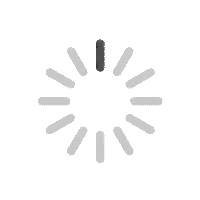Comparison: Rubber vs PVC Matting
| PVC (raw) | PVC (processed) | SBR | NBR | |
| Cost | Low | Low - High* | Medium | High |
| Density | Low | High | Medium | Medium |
| Durability | Low | Medium | High | High |
| Stability | Low | Medium - High* | Medium | High |
| UV resistance | Low | Medium - High* | High | High |
| Strength | Low | Medium | High | Medium |
| Flexibility | Low | Low - High* | High | Medium |
* varies according to additives used in formula
Polyvinylchloride (PVC)
Polyvinylchloride (PVC) is derived from oil and sodium chloride (salt). Electrolysis of salt water produces chlorine, which combined with ethylene (derived from oil) forms Vinyl Chloride Monomer. VCM is polymerised into Polyvinylchloride. It is commonly used due to its compatibility with many different chemical additives, making it an extremely versatile material. In its raw state PVC is brittle and chemically unstable. It is processed into more usable forms by the addition of additives including plasticisers, fillers, stabilisers and lubricants. In its processed form PVC has less strength and durability than rubber alternatives.
Styrene Butadiene Rubber (SBR)
Styrene Butadiene Rubber (SBR) is a synthetic material derived from the organic compound Styrene and the chemical Butadiene and is a stable and highly versatile synthetic. SBR is most commonly used in car tyres, seals and gaskets and also chewing gum. It has superior strength and flexibility to NBR alternatives and has excellent abrasion resistance and aging stability. It can have a chemical reaction with some cleaning products if placed on top of wet floors without ventilation.
Nitrile Rubber (NBR)
Nitrile Rubber (Acrylonitrile Butadiene Rubber or NBR) is a synthetic rubber derived from the chemical polymers Acrylonitrile and Butadiene. NBR is highly resistant to oils, grease, fuel, acids and cleaning products, making it versatile multi-purpose material suitable for use in harsh environments. A high nitrile content increases the material's resistance but lowers the material strength and flexibility. NBR is the most common type of rubber used in floor mats.
For a complete list of chemical resistances please click here.







